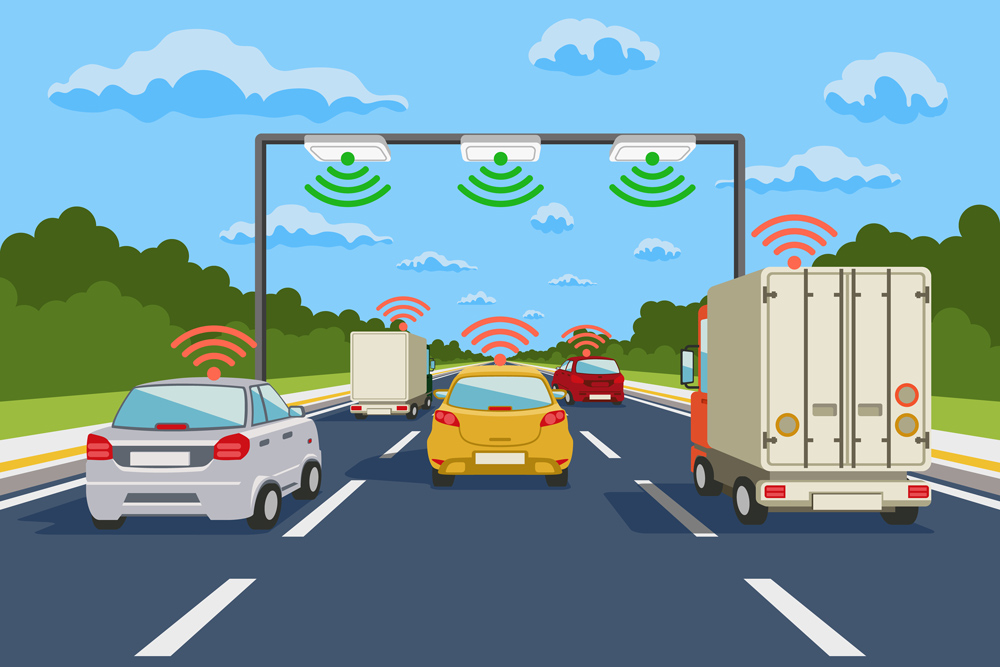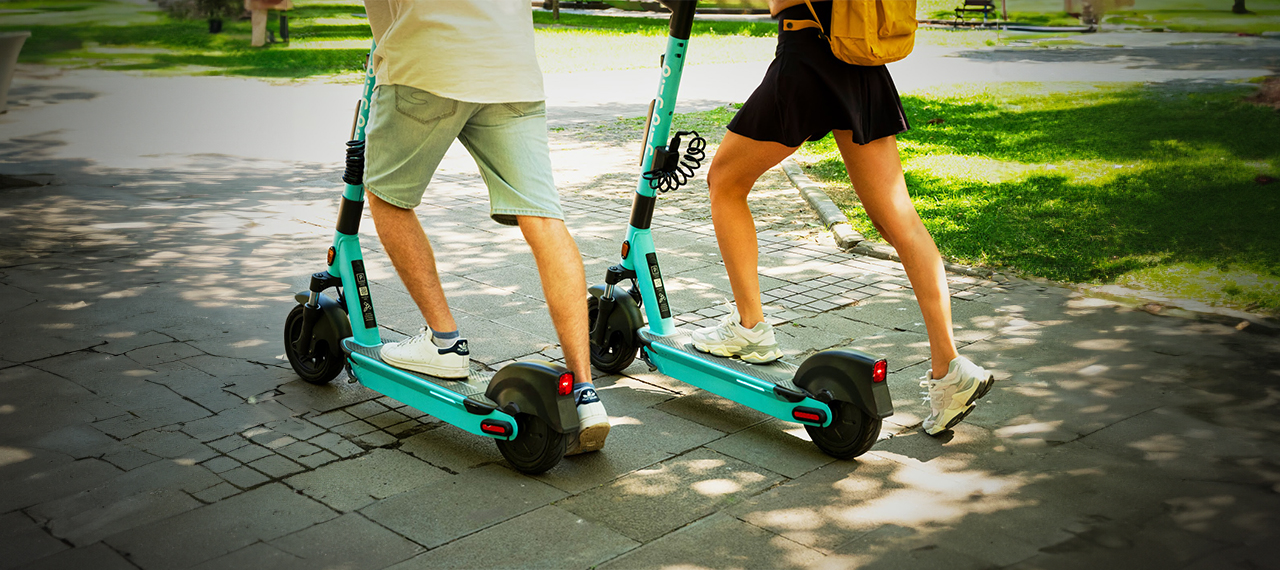Today, as the number of vehicles in traffic increases and many of these vehicles become smarter and autonomous, roads are expected to become smarter too. Especially in big cities, smart road technology is being adopted to further improve traffic management, save energy and, most importantly, to realize a safe driving experience. So, if you are wondering what is a smart road and what are its features, keep reading.
What is a Smart Road?
The smart road concept, a term used in road management systems, is a system that automatically manages road traffic conditions according to traffic density, accidents, maintenance or work. This system recommends the shortest or least trafficked route to passengers. This saves time and fuel for passengers. It also makes traffic flow more efficient.
What are the Characteristics of Smart Roads?
Smart roads have many features that increase driving safety and comfort. These features can be summarized as follows:
Real-time monitoring: Smart roads can continuously monitor the condition of roads and traffic flow. In this way, the shortest route or the road with the least traffic can be recommended to save time and fuel for travelers.
Adaptive traffic control: Smart roads can automatically manage roads according to traffic density or other situations. For example, when traffic density increases, speed limits can be lowered or alternative routes can be suggested to regulate traffic flow.
Smart traffic lights: Smart roads can automatically change the timing of traffic lights or according to density. In this way, the use of roads will become more efficient and traffic flow will be less obstructed.
Communication between vehicles: Smart roads can enable communication between vehicles and roads. For example, vehicles can monitor road conditions and traffic flow more accurately and instantaneously, and thus recommend the shortest route or the least congested route to save travelers time and fuel.
Smart parking: Smart roads can continuously monitor the status of parking lots and their vacancies, so that drivers can be offered the closest and vacant parking lots.
Intelligent Transport Systems (ITS): Intelligent roads can use other technologies such as mapping and navigation systems, sensors, cameras and internet of things (IoT) devices. These technologies allow for more accurate and immediate monitoring of the condition of roads.
How is Smart Road Tracking Realized?
Intelligent road monitoring is a professional system usually performed by road management systems. These systems continuously monitor and assess the condition of frequently used roads using data collected from travelers and/or roads. For example, the data collected includes traffic density, speed, accidents, maintenance or roadworks, which determine the patency of the road and the presence or absence of problems on the road. This data is processed and analyzed in road management systems. Thus, the shortest and least congested road is recommended for people in traffic. This can save time and fuel.
Smart road monitoring systems can use data collected from passengers or roads, as well as other technologies such as mapping and navigation systems, sensors, cameras and internet of things (IoT) devices. These technologies provide more accurate data on the condition of roads and allow for instantaneous monitoring of the roads in question. This provides faster and more accurate information about the condition of the roads. If there are any problems, a recommendation for the least trafficked and most open road is sent directly to drivers.
Smart Roads in the Future
In the future, roads will be more highly automated and better integrated. In this way, the condition of the roads will be monitored more instantly and accurately. The development of this system is an important detail to save time and fuel for drivers and passengers.
Moreover, in the future, smart roads will utilize technologies such as more sensors, cameras and Internet of Things (IoT) devices. Especially with the development of IoT devices, traffic flow will be accelerated and other drivers will be notified instantly if there is any problem.
In addition, in the light of developing technologies, smart roads in the future will be able to monitor the condition of roads and traffic flow more accurately and instantly by using more artificial intelligence (AI) and machine learning (ML) technologies. In this way, the use of roads will become even more efficient and traffic flow will be less bumpy. For example, AI and ML technologies will be able to predict traffic density and speeds more accurately than a human can.
As a result, in the future, smart roads will become more compatible with automated driving technologies. In this way, even driverless cars will be able to use the roads more efficiently and safely. If you want to experience a safe and comfortable ride and put traffic behind you, you can try BinBin now.






